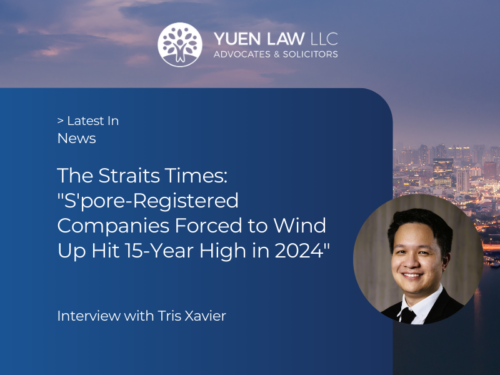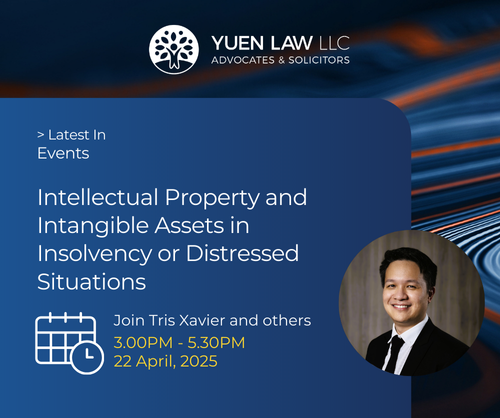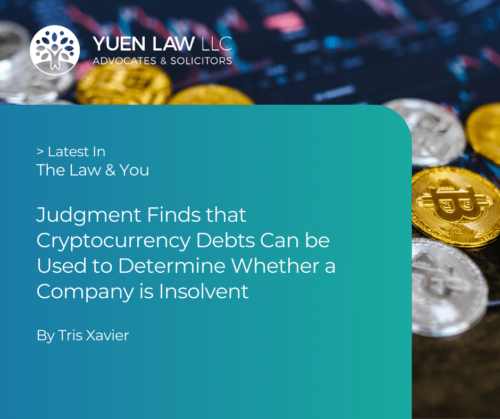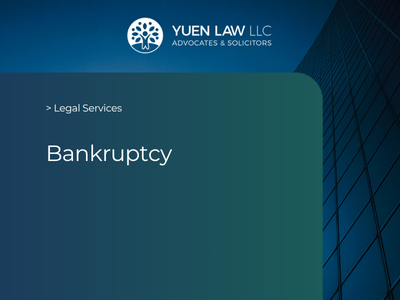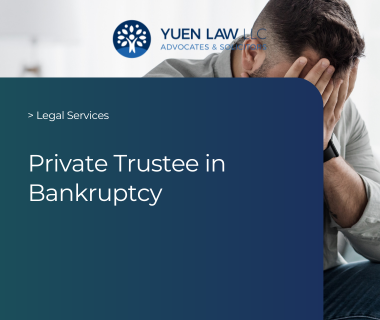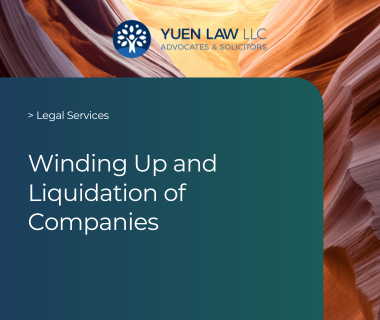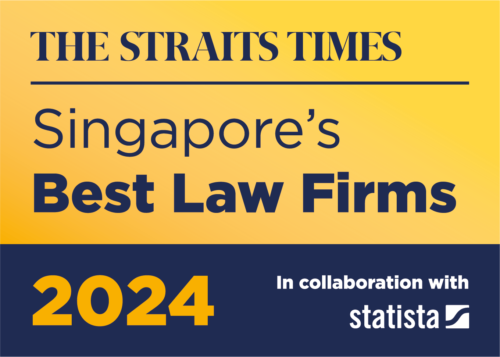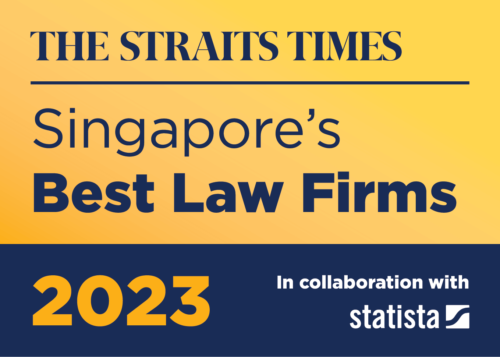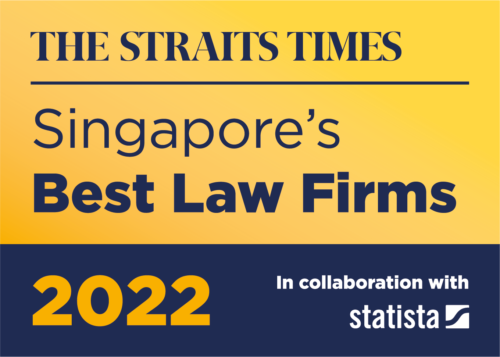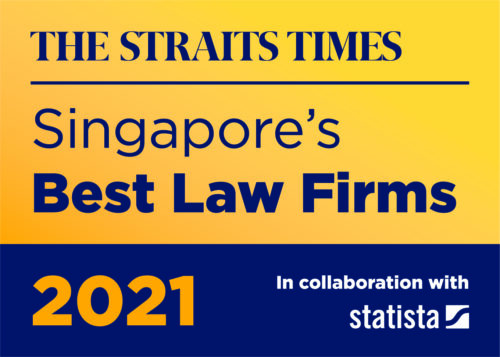When is Members’ Voluntary Winding Up Adopted?
Winding up or liquidation of a company is not limited to situations where a company has gone bankrupt or is meeting financial difficulties. There are times when a company needs to be closed because it has ceased its business activities, the company has gone dormant, or the members of the company have disputes that are irreconcilable.
As contrasted against compulsory winding-ups, a Member’s Voluntary Winding Up may entail the company’s contributories, also known as members or shareholders, passing a resolution for the company to be wound up and to appoint a liquidator. The process of liquidation begins at the time of passing the resolution.
What’s the difference between striking off and voluntarily winding up off a company?
Companies can be dissolved voluntarily either by “Striking Off” or “Winding Up”. Although both winding up and striking off result in a company ceasing to exist, they are very different processes and should not be confused with each other.
What is Striking Off
Striking off is applicable to private companies that are not actively engaged in business and have no assets or liabilities. Such companies can apply to the Singapore Registrar of Companies – Accounting and Corporate Regulatory Authority (ACRA) – for removal from the register. This procedure is easier, quicker, and more cost-effective, making it suitable for small or dormant companies that meet specific requirements.
However, companies under insolvency proceedings or involved in a compromise or arrangement with members or creditors cannot be struck off. The company may also be restored to the register within 6 years of the company being struck off. Where a company is not able to meet the strict requirements to be struck off, liquidation may be a more apt solution.
What is Members’ Voluntary Winding Up
Members’ voluntary winding up is used when a company is capable of fully settling its debts within 12 months after the commencement of the winding-up process.
It is a formal liquidation procedure that involves an organised winding down of the company’s affairs. A liquidator is appointed to manage the realisation of company assets, cessation or sale of operations, payment of debts (if any), and distribution of surplus assets (if any) among its members. The liquidator need not be a licensed insolvency professional.
If a company finds itself unable to completely settle its debts within a 12-month period, it may be subjected to a creditors’ voluntary winding up or compulsory winding up.
Establishing the solvency of the company
Determining the solvency status of the company is critical and affects how a company should be wound up. It is therefore important to ascertain whether a company is solvent first. This involves the directors making a formal declaration of solvency, and forming the opinion that the company will be able to pay its debts within a 12-month timeframe.
Alongside the declaration, a statement of affairs outlining the company’s assets, expected realisation from these assets, liabilities, and estimated winding-up expenses must be provided. Directors who make this declaration without having reasonable grounds for such an opinion may be found guilty of an offence.
What are the procedures for members’ voluntary winding up?
The members’ voluntary winding up process involves:
- Director’s declaration of solvency and preparation of statement of affairs.
- Public advertisement of the appointment of provisional liquidator in the local newspaper.
- Convening an extraordinary general meeting for the purpose of passing a resolution to wind up the company.
- Confirming the appointment of an approved liquidator to oversee the winding-up process.
- Lodgments of the special resolution with Accounting and Corporate Regulatory Authority (ACRA).
- Disposal of assets and settlement of creditors’ claims.
- Obtaining company’s income tax clearance and filing of accounts.
- Distribution of surplus assets to the company’s shareholders.
- Liquidator presents an account of how winding up was conducted at the general meeting.
- Dissolution of the company within 3 months of lodgments of the return and accounts with ACRA.
How we help in the members’ voluntary winding up process
At Yuen Law, we provide comprehensive guidance and support throughout the voluntary winding up process. Our services encompass statutory guidance, advising the company or its members on their rights, managing stakeholder relations, drafting notices and resolutions for extraordinary general meetings, and handling all filings with ACRA.
Please contact us and schedule an appointment to discuss your winding up needs. Our expert insolvency lawyers are here to offer practical solutions to minimise the potential complexities and ensure a seamless dissolution.

